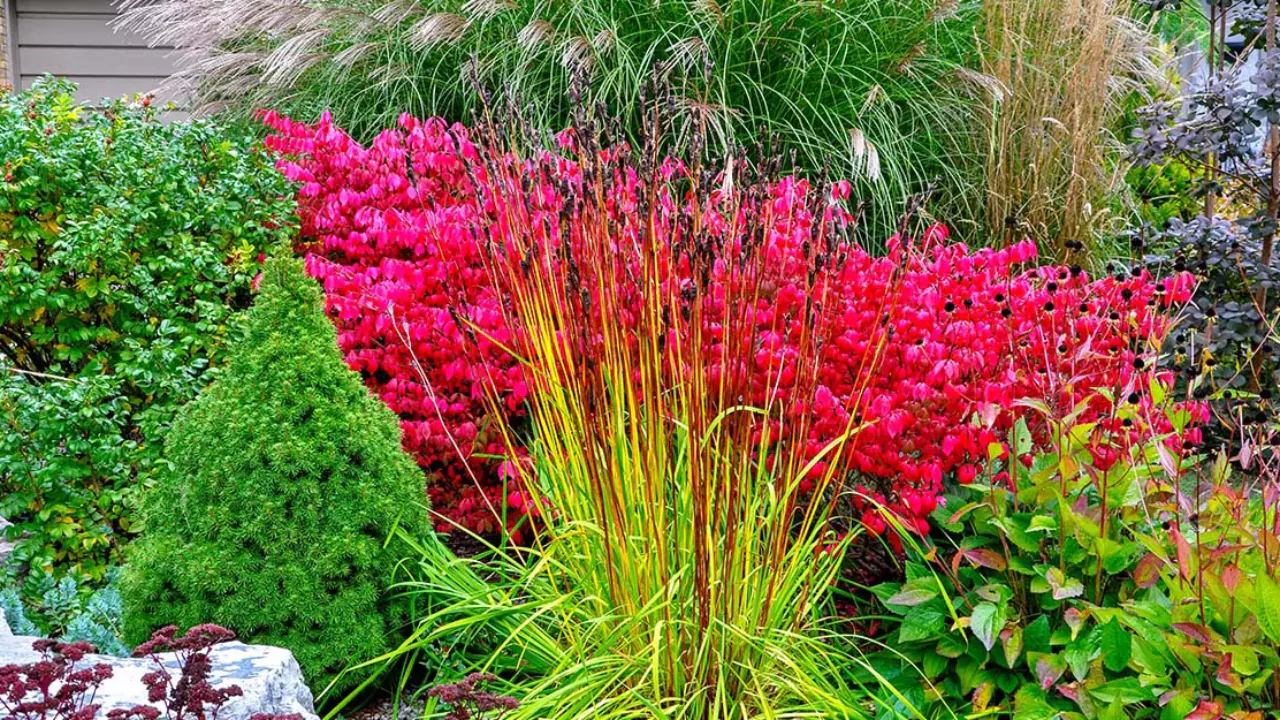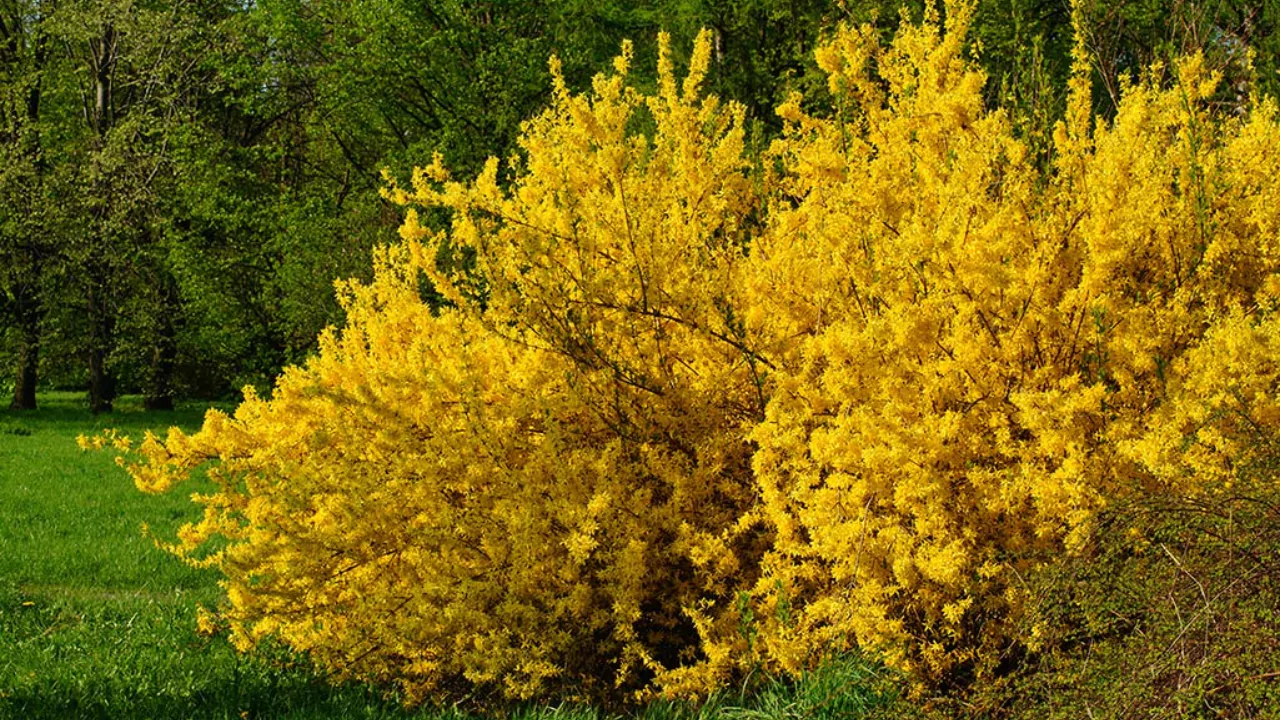
Shrub Leaves
Identifying a shrub through flowering and fruiting is only a seasonal convenience. The shrub’s leaves serve as a more dependable distinguishing feature.
The two types of leaves are identified as simple and compound. Simple leaves do not get divided, like the leaf of an Aspen. Compound leaves are either broken into leaflets or needles, which include juniper and ivy.
Another major identification criterion is whether leaves are placed oppositely or alternately on the stem or branch. Opposite leaves remain attached in pairs while alternate leaves attach singly at alternating sides or spiral away from each other.
The last notable rule for identifying shrub type is related to classifying them based on shape. Broad, narrow, and needle all qualify as types of leaves.
These categories are better defined by proportions rather than overall size since there are numerous varieties within individual shrubs. Apart from conifers, three basic shapes exist: lobed, smooth, and toothed.
Lobed refers to curvy or forked edges such as oak foliage while toothed refers to small teeth along edges. Smooth describes naturally because it lacks any irregularities along the border.
Shrub Flowers & Fruits
Flowering shrubs can be easily identified in the spring season. The color, shape, and scent of blossoms reveal a lot of identifying characteristics pertaining to different shrub types. Scent can also tell you what kind of shrub it is.
The time frame for blooming within spring is also critical. There are species that bloom very early in the season but some blossom late during spring.
Visit your local cold hardiness zone map to check when certain shrubs can be expected to bloom in your area and their expected bloom times.
Also observe the size of flowers; large blooms starkly contrast cousins which bear small clusters of flowers.
Fruits are equally as defining as flowers. Consider whether the skin enclosing berries or fruits is hard or soft, if there is fuzz on the fruits, and if so whether they possess nuts or seeds, in addition to what value and meaning and shape they take.
Shrub Twigs
During shrub identification in winter, you might not be able to find leaves, flowers, or fruits, and it could seem like there is nothing to work with. However, you can still identify where leaves used to be located on the twigs or stems by looking for leaf scars and buds.
Some shrubs will have buds at the end of each twig, termed as terminal buds; while others do not possess these but rather have axillary buds along the stem.
Also check rough and smooth bark because they could rule out a possible shrub identity just as slender thorns do. Kushar stems bearing sharp angles may also bear right-angle serrated appendages suggesting that within bend or straight their arrangement may be oppositely alternate whence identified broadest diversity giving range mirrored thematics all combined could indeed help indicate certain varieties depicting hints in colors redish grayed out stating bit.
